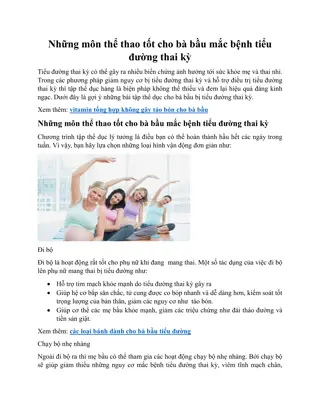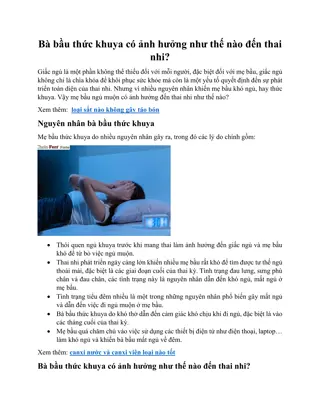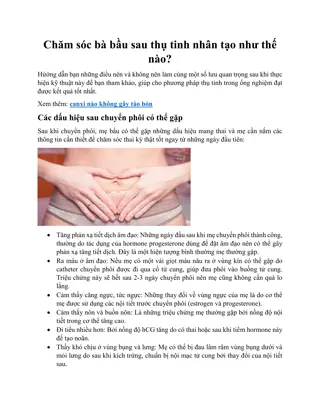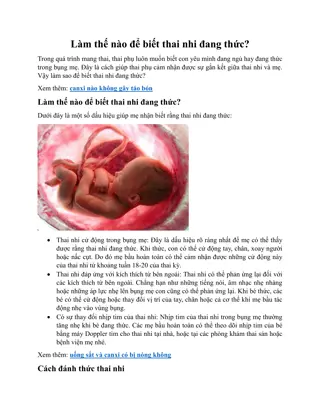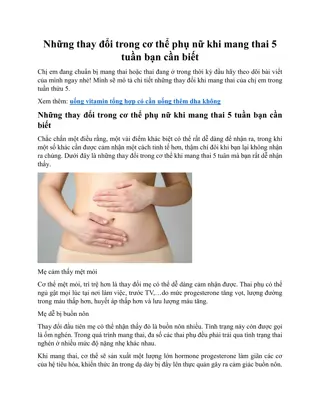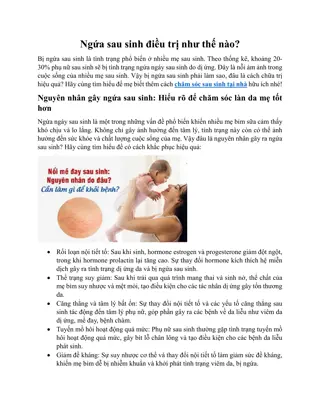Aims of the session
Explore measurements of leaves to analyze mass loss patterns in xerophytes and learn about their unique adaptations for thriving in dry habitats. Discover the strategies xerophytes employ to reduce water loss, such as sunken stomata and thick cuticles. Uncover how these adaptations help plants in different habitats, from mesophytes to hydrophytes, survive challenges like water scarcity. Gain insights into the questions that can be asked about xerophytes and their adaptations to enhance botanical knowledge.
Download Presentation

Please find below an Image/Link to download the presentation.
The content on the website is provided AS IS for your information and personal use only. It may not be sold, licensed, or shared on other websites without obtaining consent from the author.If you encounter any issues during the download, it is possible that the publisher has removed the file from their server.
You are allowed to download the files provided on this website for personal or commercial use, subject to the condition that they are used lawfully. All files are the property of their respective owners.
The content on the website is provided AS IS for your information and personal use only. It may not be sold, licensed, or shared on other websites without obtaining consent from the author.
E N D
Presentation Transcript
Aims of the session: Take measurements of leaves + see if xerophytes have a different pattern of mass loss Learn about the adaptations xerophytes have See what type of question they can ask about xerophytes (and be able to answer it)
Plant adaptations to habitats Plants in different habitats possess different adaptations: Mesophytes: plants adapted to a habitat with adequate water Xerophytes: plants adapted to a dry habitat Halophytes: plants adapted to a salty habitat Hydrophytes: plants adapted to a freshwater habitat
Hydrophyte: Leaf undersurface of the tree fern. Extremely high number of stomata per unit in a species living in tropic cloud forests where is is very moist.
Xerophytes possess some or all of these adaptations to prevent excessive water loss Stomata sunken in pits creates local humidity/decreases exposure to air currents; Presence of hairs creates local humidity next to leaf/decreases exposure to air currents by reducing flow around stomata; Thick waxy cuticle makes more waterproof impermeable to water;
Xerophytes possess some or all of these adaptations to prevent excessive water loss cont. Stomata on inside of rolled leaf creates local humidity/decreases exposure to air currents because water vapour evaporates into air space rather than atmosphere e.g. British Marram grass Fewer stomata decreases transpiration as this is where water is lost;
Xerophyte adaptations summary: Adaptation How it works Example thick cuticle stops uncontrolled evaporation through leaf cells small leaf surface area less surface area for evaporation conifer needles, cactus spines low stomata density smaller surface area for diffusion sunken stomata marram grass, cacti maintains humid air around stomata stomatal hairs (trichores) maintains humid air around stomata marram grass, couch grass rolled leaves marram grass, maintains humid air around stomata extensive roots maximise water uptake cacti
Left and right Epidermis of the cactus Rhipsalis dissimilis. Left: View of the epidermis surface. The crater-shaped depressions with a guard cell each at their base can be seen. Right: X-section through the epidermis & underlying tissues. The guard cells are countersunk, the cuticle is thickened. These are classic xerophyte adaptations.
XEROPHYTE SPECIES STUDY: MARRAM GRASS
Marram grass possesses: rolledleaves, leafhairs and sunkenstomata. These adaptations make it resistant to dry conditions and of course sand-dunes which drain very quickly retain very little water.
BYB3 June 2001 Question 8 part c ANSWERS
BYB3 Jan 2002 Question 6 part c ANSWERS
This powerpoint was kindly donated to www.worldofteaching.com http://www.worldofteaching.com is home to over a thousand powerpoints submitted by teachers. This is a completely free site and requires no registration. Please visit and I hope it will help in your teaching.








